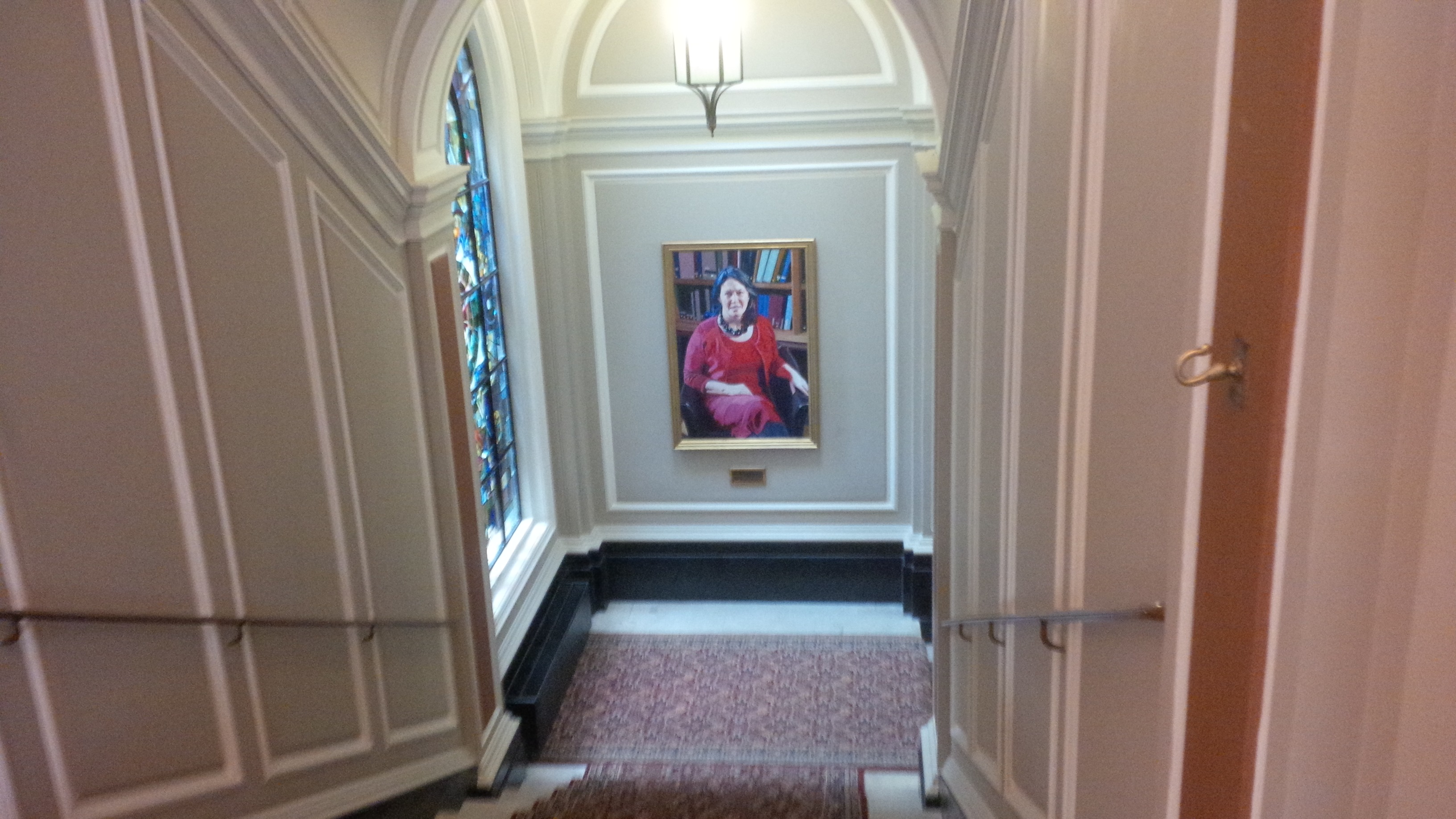|
The Aleppo Room
The Aleppo Room () is the Panelling, paneling of a reception room, or Qa'a (room), qa’a, from a residential building in Aleppo, Syria. The wooden panels now form part of the collections of the Museum of Islamic Art, Berlin, Museum of Islamic Art section of the Pergamon Museum, on Berlin's Museum Island. The panels found their way to Germany after the Wakil family sold them in 1912 to Mrs. Mary Koch, who then donated them to the Pergamon Museum in Berlin. Currently, the panels are displayed in the "Aleppian Hall" in the Islamic section of the museum. Bayt Wakil house is situated in Al-Jdayde quarter on Sissi Street in Aleppo. It includes two attached houses that are best known for this intricate wooden paneling. The Aleppo Room paneling were carved by a Persian artist in 1603, including painted depictions of Christian scenes featuring the Virgin Mary, Christ and his disciples. Description The Aleppo Room's ornate woodwork belongs to Wakil House (Arabic language, Arabic: بيت ... [...More Info...] [...Related Items...] OR: [Wikipedia] [Google] [Baidu] |
Panelling
Panelling (or paneling in the United States) is a millwork wall covering constructed from rigid or semi-rigid components. These are traditionally interlocking wood, but could be plastic or other materials. Panelling was developed in antiquity to make rooms in stone buildings more comfortable both by insulating the room from the stone and reflecting radiant heat from wood fires, making heat more evenly distributed in the room. In more modern buildings, such panelling is often installed for decorative purposes. Panelling, such as wainscoting and boiserie in particular, may be extremely ornate and is particularly associated with 17th and 18th century interior design, Victorian architecture in Britain, and its international contemporaries. Wainscot panelling The term wainscot ( or ) originally applied to high quality riven oak boards. Wainscot oak came from large, slow-grown forest trees, and produced boards that were knot-free, low in tannin, light in weight, and ... [...More Info...] [...Related Items...] OR: [Wikipedia] [Google] [Baidu] |

